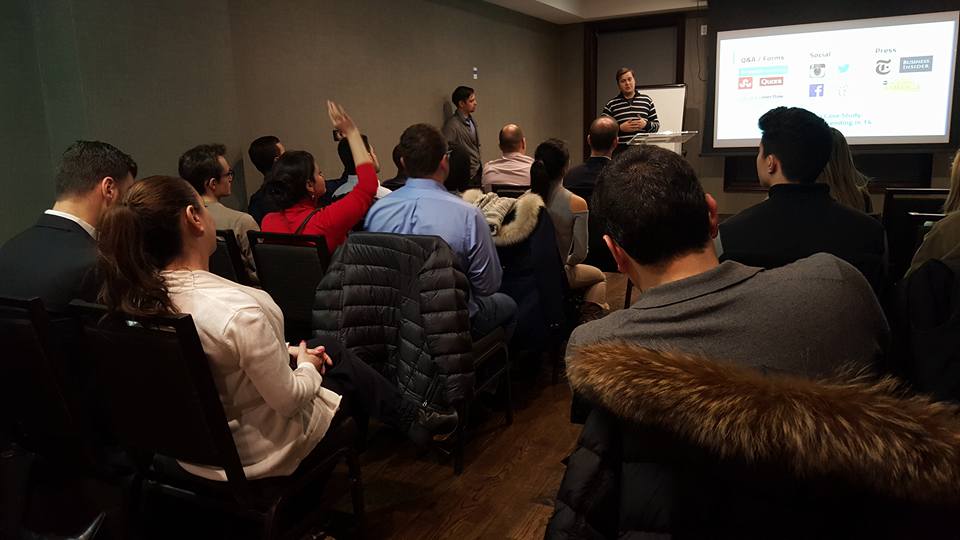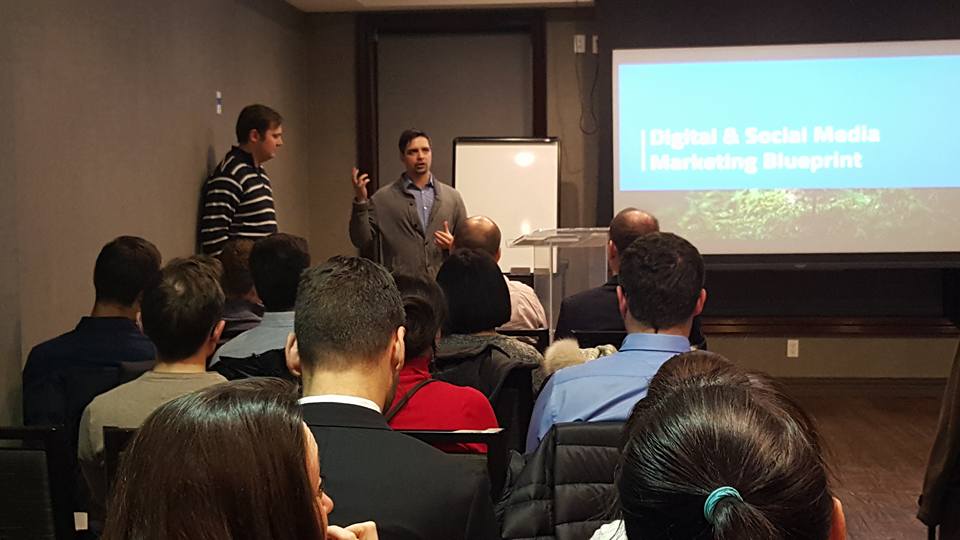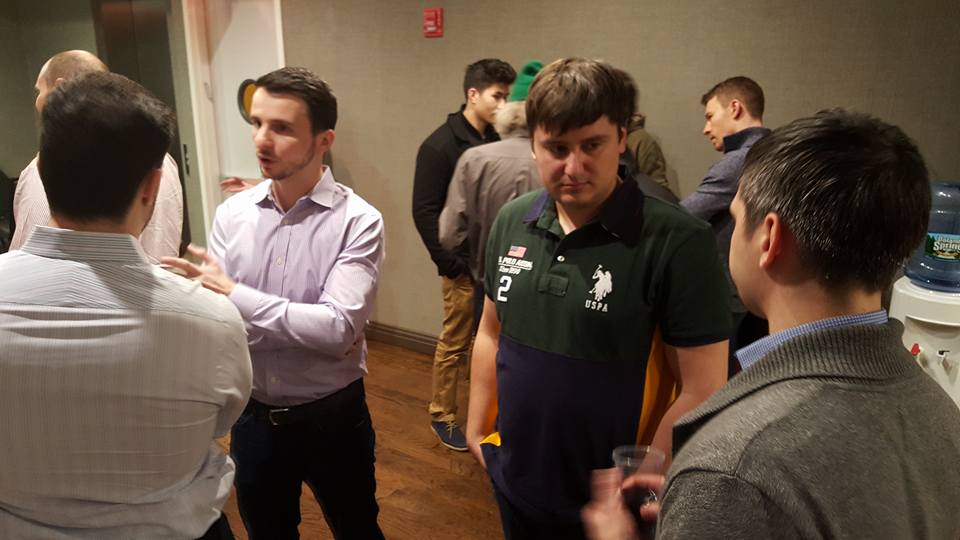On March 3rd, NeedGrowth’s founding team was invited to speak and presented to a packed room at the Brownstone on the importances of digital marketing innovation and its application to small businesses, and showcased a number of the best practices.
Event Summary
Speaking to a filled room, founders of NeedGrowth.com Drew Moffitt and Art Malkov lead the event by speaking to the need for digital marketing in everything from startup to mid-cap company, and setting the tone by clarifying the definition of digital marketing. Often people assume digital marketing is just social media marketing or one simple trick that can move the needle. As much as we would love to say there is a magic code drop, there isn’t.
The Brownstone
The Brownstone is a leadership center within the New York community. With the rapidly developing technological ecosystem in New York City, The Brownstone focuses on providing programming relating to startups, technology and small businesses. NeedGrowth’s success helping clients in all these categories made made us a natural fit for speaking about digital and social media marketing.
Digital Marketing
Digital marketing is something that everyone wants and every business needs. It is important to remember that marketing online is not just one thing, rather, it is a group of tactics that you string together and automate to drive growth online. This encompasses everything from business and product branding, to website design and development, to driving social media engagement, ranking well within search engines (SEO), to content marketing, and so much more.
Today, your business’ website is your storefront to the world. The easiest way to quantify online marketing is to identify your problem and have a goal. Often this problem is a lack of traction, and your goal is growth (revenue, users, etc). Digital marketing solves that problem.
Demand Generation
Art continued the presentation, laying out a step-by-step guide to creating demand generation. Expressing that when building a demand generation engine, you need to treat the process like an ecosystem. If one part isn’t done correctly or is completely overlooked, then the entire system will not succeed.
Components to Driving Traffic & Leads:
- Content Marketing
- Distribution (social media & press)
- SEO
- Conversion Optimization
- Call to Action
- Exit Intent Popup
SEO & Conversion
Before developing content you need know how that content will be used. What goals will it achieve. Often people write content without looking into search results for that type of content. In other words, you want to find out what people are looking for on search engines, and use that to drive your own content. Without doing this, you will often end up writing about things that no one one is readily looking for.
To ensure you don’t write content that exists in a void, research what you want to write about and choose key terms to zero in on. With this insight, you will pick tops and write copies that are relevant to readers and that ranks well within a search engine.
Another key component in a demand generation engine is your conversion. Track it with powerful analytics tools and write your articles to convince the reader to take further action on your site and minimize bounce rate. The longer a reader stays on your page, the better it is for you ranking.
Content Marketing & Distribution
These two items go hand in hand. Without good content, distribution doesn’t matter. Without distribution, content doesn’t matter. As a result, when writing content, you want to think about where and how to distribute that content. Who is your target? What are they looking for, how do you capture their attention, and how do you reach them?
Some great places to distribute content include Q&A sites, forums, social media (learn how to trend on Instagram), and press, but have a plan on how to target your specific market demographic before expending resources into distribution.
Call to Action & Exit Intent Popup
Call to action (CTA) is one of the most commonly mis-executed elements on a company website. Often their call to action buttons do not convey a power message and don’t jump off the page. All aspects of your website, serve one purpose. “Convey value to potential customers and make them take action”.
Exit Intent Popups are a last ditch effort to capture a user before he or she leaves your website (bounce rate). This popup must convey a power valuation creation and contain an eye catching CTA button.
In conclusion, treat lead creation as an ecosystem. If one part is not working correctly, the entire system will be thrown off. Do your research before launching major content. It is harder to correct mistakes once they have already been made. Looking to build a lead generation engine, Drop Us a Line.



